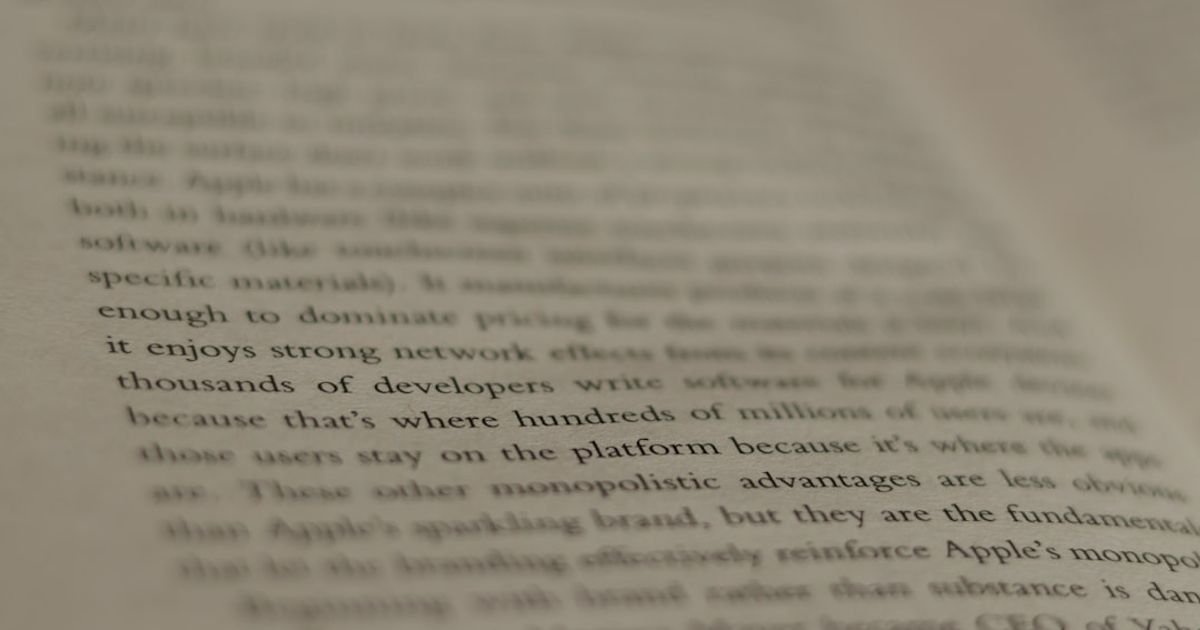About Prompt
- Prompt Type – Dynamic
- Prompt Platform – ChatGPT
- Niche – History
- Language – English
- Category – Blogging
- Prompt Title – ChatGPT Prompt for Writing Navratri Cultural History Articles
Prompt Details
This prompt is designed to generate blog-style articles about the cultural history of Navratri, suitable for a history-focused audience. It allows for customization across various aspects of the festival, encouraging diverse and engaging content.
**Prompt Template:**
“`
Write a blog post about the cultural history of Navratri, focusing on {{Focus}}.
**Target Audience:** Individuals interested in history, culture, and religious traditions, particularly those related to Hinduism and India.
**Blog Post Style:** Informative and engaging, using a narrative style where appropriate. Maintain a scholarly tone while remaining accessible to a general audience. Avoid excessive academic jargon. Include specific historical examples and cite sources wherever possible (within the text using informal citations like “according to [Source]” or “[Author] notes that…”).
**Word Count:** {{Word Count}} (suggested range: 800-1500)
**Focus (Choose ONE or combine multiple with clear delineation):**
* **Specific Goddess:** Explore the historical and mythological significance of a specific Navratri goddess (e.g., Durga, Lakshmi, Saraswati). Discuss her iconography, associated stories, and regional variations in worship.
* **Regional Variations:** Detail how Navratri is celebrated differently across various regions of India (e.g., Gujarat, Bengal, Maharashtra). Compare and contrast rituals, traditions, and artistic expressions.
* **Historical Evolution:** Trace the historical development of Navratri celebrations, from ancient Vedic rituals to contemporary practices. Highlight key historical periods and their influence on the festival.
* **Musical Traditions:** Focus on the music and dance forms associated with Navratri, such as Garba and Dandiya Raas. Discuss their origins, evolution, and cultural significance.
* **Artistic Expressions:** Explore the various art forms associated with Navratri, including sculpture, painting, and traditional crafts. Analyze their symbolism and cultural context.
* **Culinary Traditions:** Describe the special foods and culinary practices associated with Navratri, highlighting regional variations and their significance.
* **Social and Cultural Impact:** Discuss the social and cultural impact of Navratri, including its role in community building, gender roles, and economic activity.
**Optional Parameters:**
* **Keyword Integration:** Naturally incorporate the following keywords: {{Keywords (comma-separated)}}
* **Specific Historical Period:** Focus on the celebration of Navratri during a specific historical period (e.g., Mughal era, British Raj).
* **Specific Region:** Narrow down the regional focus to a particular state or city within India.
* **Image Suggestions:** Suggest relevant images that could accompany the blog post (e.g., a depiction of Durga, a Garba dance scene).
* **Call to Action:** Include a call to action at the end of the blog post (e.g., invite readers to share their own Navratri experiences, link to related resources).
**Example Usage:**
“Write a blog post about the cultural history of Navratri, focusing on **Regional Variations** in Gujarat and West Bengal.
Target Audience: Individuals interested in history, culture, and religious traditions.
Blog Post Style: Informative and engaging.
Word Count: 1200
Keyword Integration: Garba, Dandiya Raas, Durga Puja, Pandal, Kolams.
Image Suggestions: Image of Garba dancers, image of a Durga Puja pandal, image of Kolams.
Call to Action: Ask readers to share their own experiences celebrating Navratri in different regions.”
“`
This dynamic prompt allows you to generate a wide range of articles by simply modifying the “Focus” and optional parameters. This ensures fresh content and prevents repetitive outputs. The structured format and detailed instructions guide ChatGPT towards producing high-quality, informative, and engaging blog posts suitable for a history niche. Remember to review and edit the generated output for accuracy and stylistic consistency.

